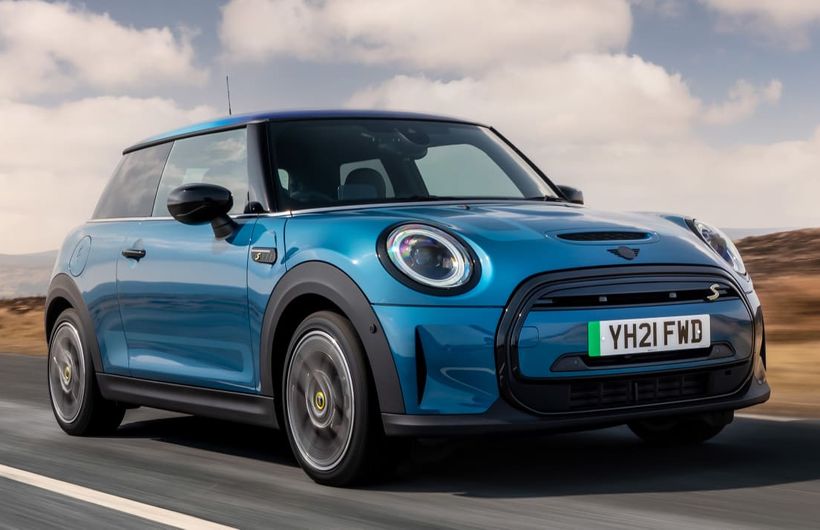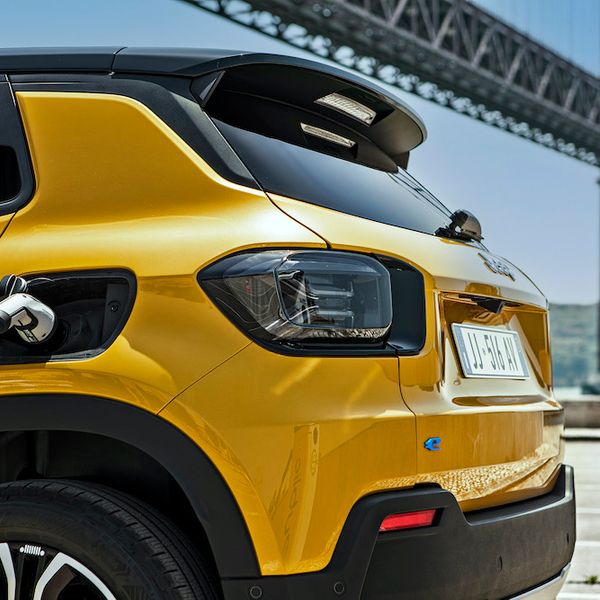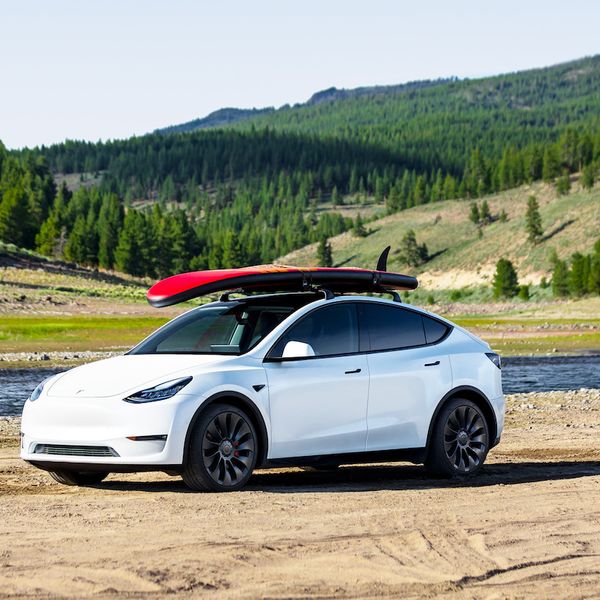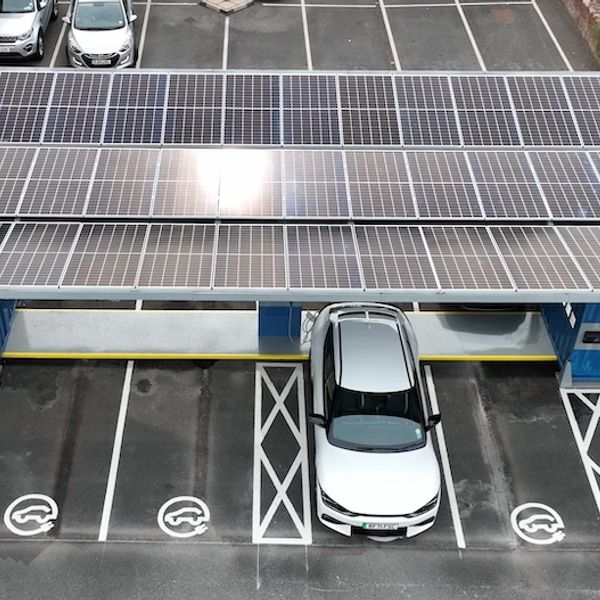10. Mazda MX-30
Priced from £28,550
There are plenty of interesting innovations and neat bits of design in Mazda’s MX-30, the company’s first electric car. But there is one element which sticks in our memory: the cork interior.
Rather than use the conventional plastic, metal or wood to trim parts of the dashboard, Mazda’s designers chose the material which is used in pin boards, 1970s bathrooms and wine bottles - and we think it looks cool!
The MX-30 is a striking car all round. Its most obvious rivals are the MINI Electric and the Honda e, both of which are thoroughly modern but have cutesy retro styling. But the Mazda has a futuristic SUV-like look and pillarless doors, just like a BMW i3.
The other element the MX-30 shares with the MINI and Honda is a surprisingly small battery. At 35.5 kWh it is noticeably smaller than rivals such as the Kia Niro EV’s 64kWh. For comparison, the VW ID.3 starts at 45kWh and offers up to 77kWh in the top version.
This will inevitably cause a few raised eyebrows as it results in a range which is far below the average at 124 miles, which it does on a cold winter's day. But Mazda claims this is 'right sizing', representing plenty of range for the average motorist. It also means the car is attractively priced and light compared to rivals.
But a more interesting trait brought by having a smaller battery is the driving experience. Because the MX-30 is lighter, it is also great fun to drive. One downside is that because of the narrow rear doors, the access is poor and where other electric cars offer extra legroom due to clever packaging, the Mazda’s rear seats and headroom are going to cause complaints from adult passengers.
Read the full review of the Mazda MX-30 and watch the video here
![Red Mazda CX30 rear driving]() Small battery = small price
Small battery = small price 























